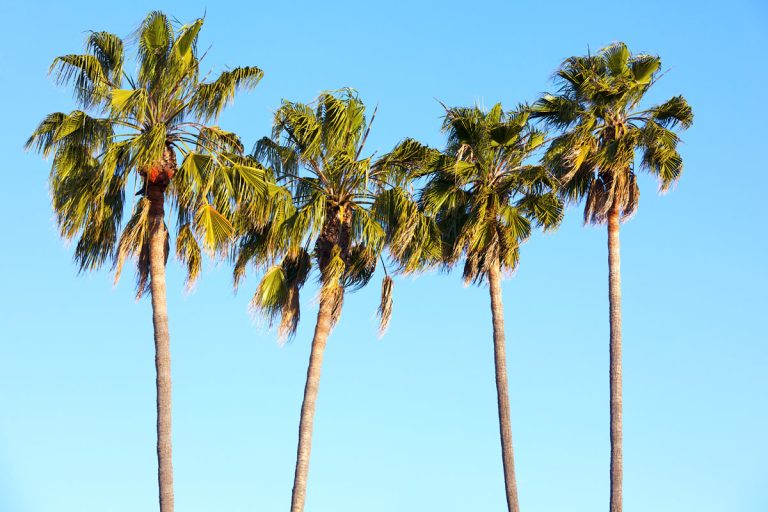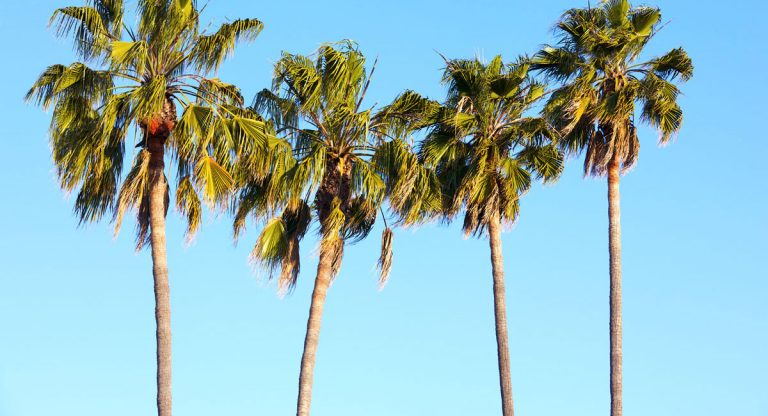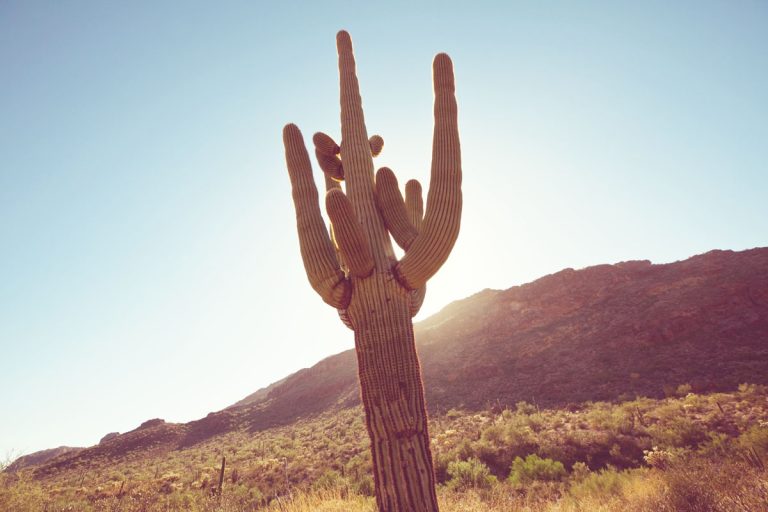How Do I Stop my Palm Tree From Growing Taller?
There will almost certainly be at least one palm tree (Arecaceae family) if you picture a tropical setting. Even though palm trees are typically thought of as tropical, some types can be grown indoors or in more temperate climates. Home gardeners love palms because they instantly add a touch of the tropics to almost any…





